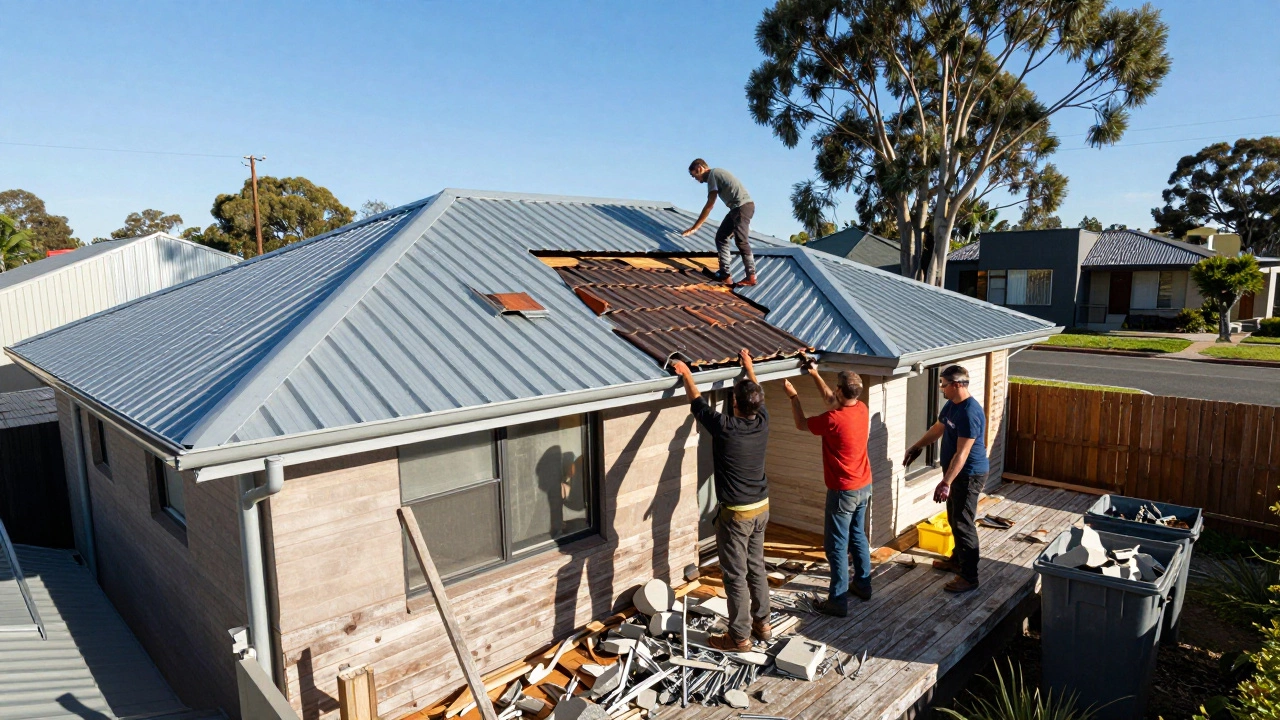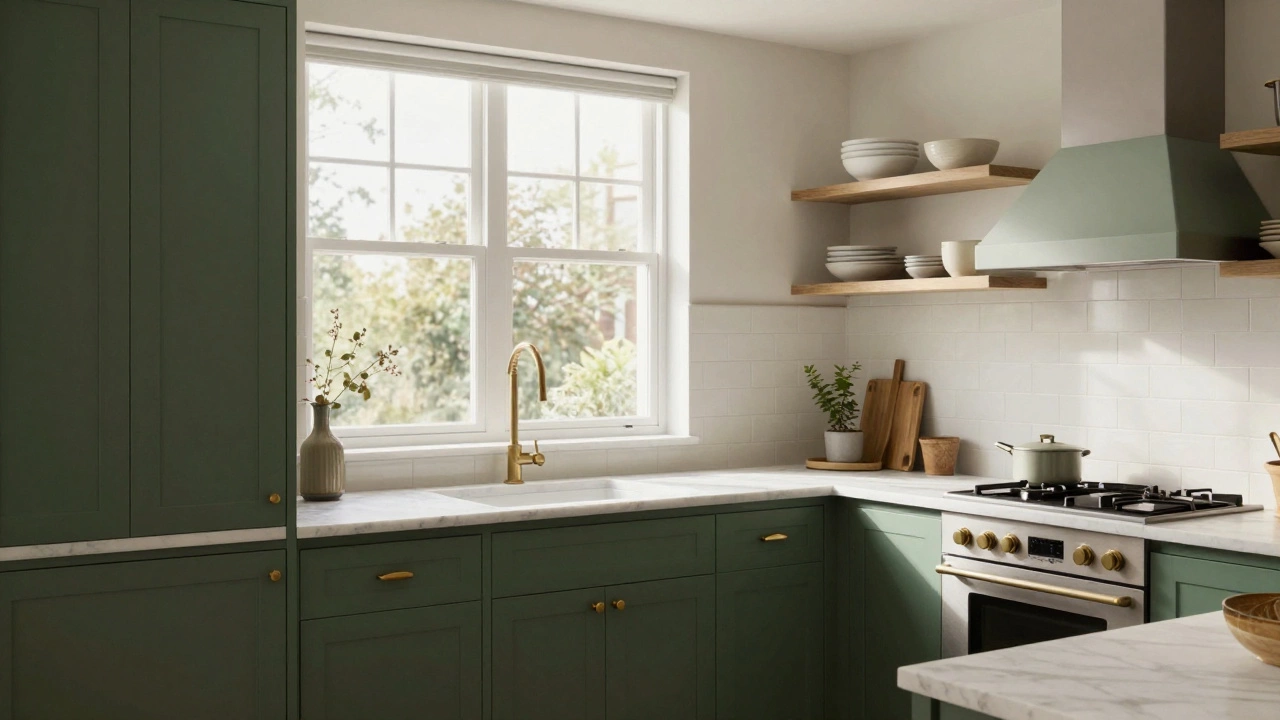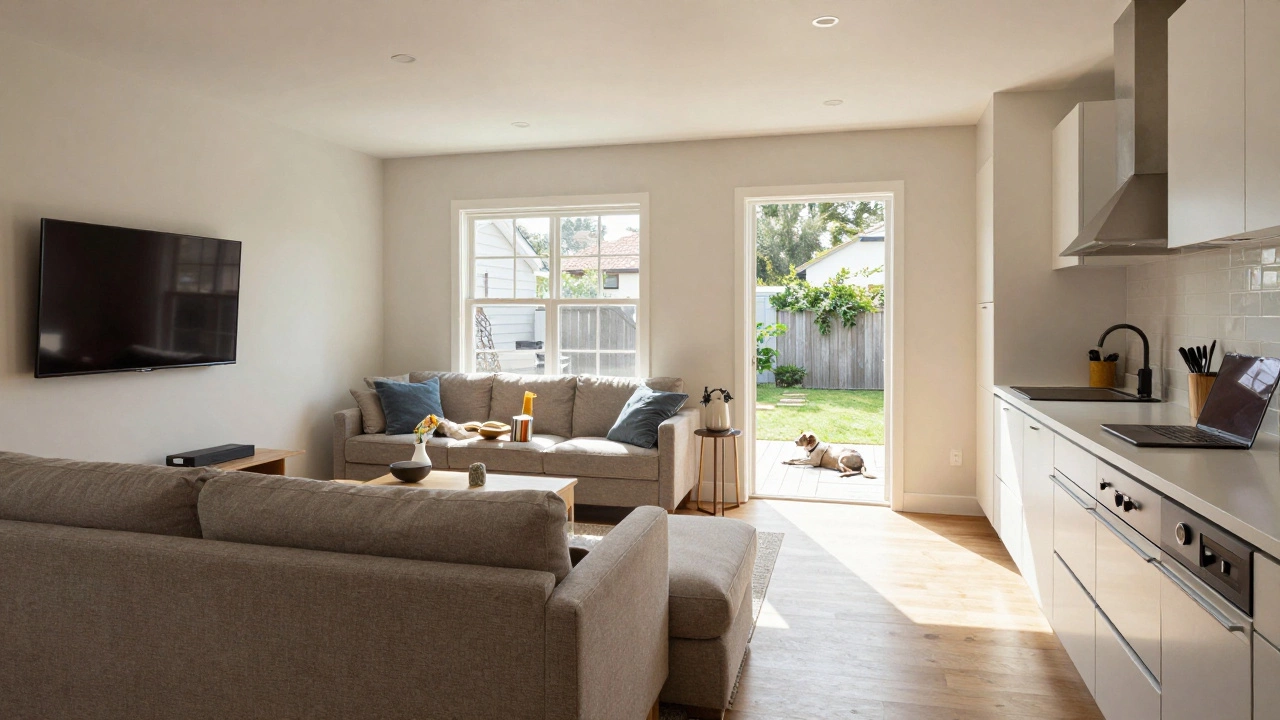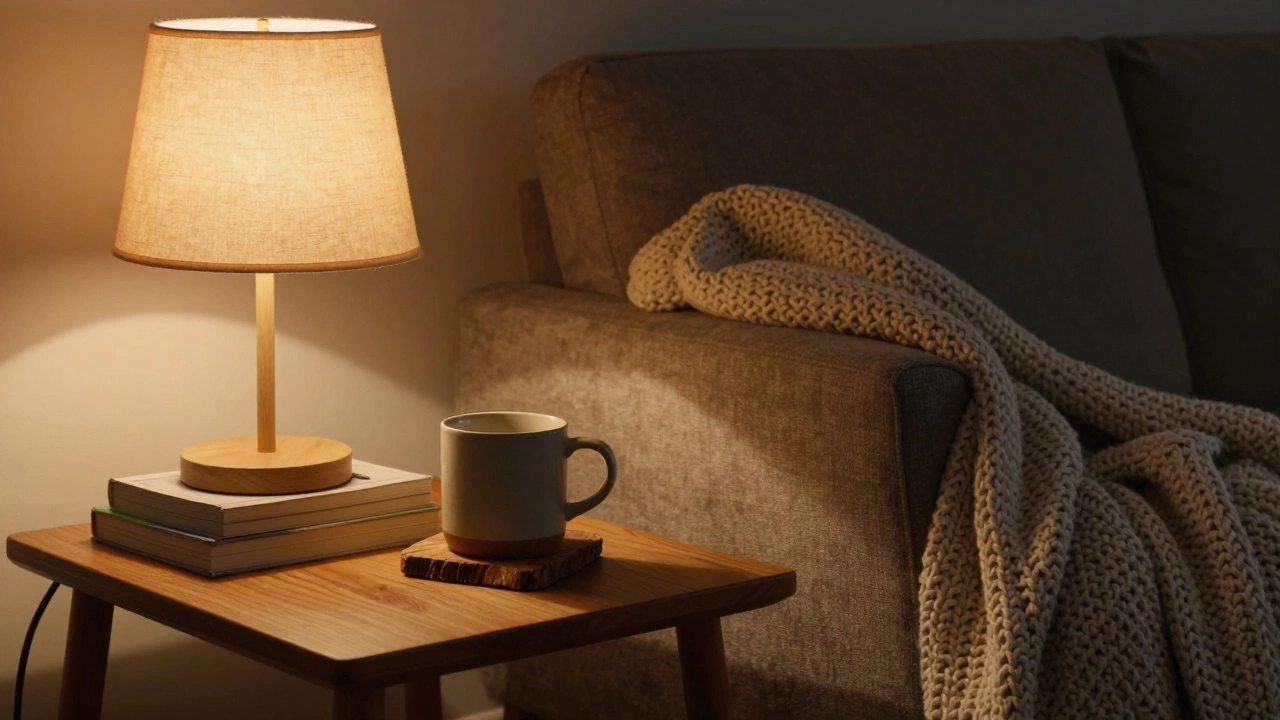Least Profitable Upgrades: What to Skip When Remodeling
Ever wonder why some home upgrades feel great at the moment but barely move the resale price? You’re not alone. Many homeowners pour cash into trends that look cool but don’t pay off when it’s time to sell. This guide breaks down the upgrades that usually give the poorest return on investment (ROI) and shows you where to put your money instead.
Why Some Upgrades Drain Your Budget
First off, ROI matters because most renovations are a financial gamble. An upgrade that costs £10,000 but adds only £2,000 to market value is a losing bet. Items like high‑end marble countertops, elaborate ceiling coffers, or custom walk‑in closets often fall into this trap. They look impressive, but buyers tend to prefer neutral, move‑in ready spaces over personal luxury finishes.
Another factor is market saturation. If every house on the block has a certain feature—say, quartz benchtops—then adding the same thing to yours won’t make it stand out. In over‑built neighborhoods, buyers look for cost‑effective value rather than over‑the‑top extras.
Timing also plays a role. Adding a brand‑new spa bathroom before the local market recovers can tie up cash for years. While you might love a freestanding bathtub, most families prioritize practical storage and low‑maintenance surfaces when they shop for a new home.
Smart Choices That Pay Off
So, what should you focus on? Start with upgrades that improve the home’s overall functionality. Fresh paint in neutral colours, updated lighting, and modest flooring upgrades—like a durable engineered oak in living areas—often deliver solid ROI. These changes make a space feel brighter and more modern without overwhelming the buyer.
Energy‑efficient improvements also win points. Installing double‑glazed windows, adding insulation, or switching to LED lighting can lower utility bills and appeal to eco‑conscious buyers. A simple smart thermostat adds a tech perk without breaking the bank.
Don’t forget curb appeal. A well‑maintained front garden, clean driveway, and a sturdy front door give a strong first impression. These low‑cost upgrades can boost perceived value more than a pricey interior makeover.
Finally, tune upgrades to your target market. In family‑oriented areas, extra bedroom space or a flexible home office tends to attract more interest than a designer kitchen island. In urban apartments, sleek built‑in storage solutions often outshine a fancy wine cellar.
By focusing on practical, broad‑appeal improvements, you avoid the trap of “least profitable upgrades” and keep your renovation budget working harder for you. Remember, the goal isn’t just to make your home look amazing—it’s to make it sell faster and for a better price.






